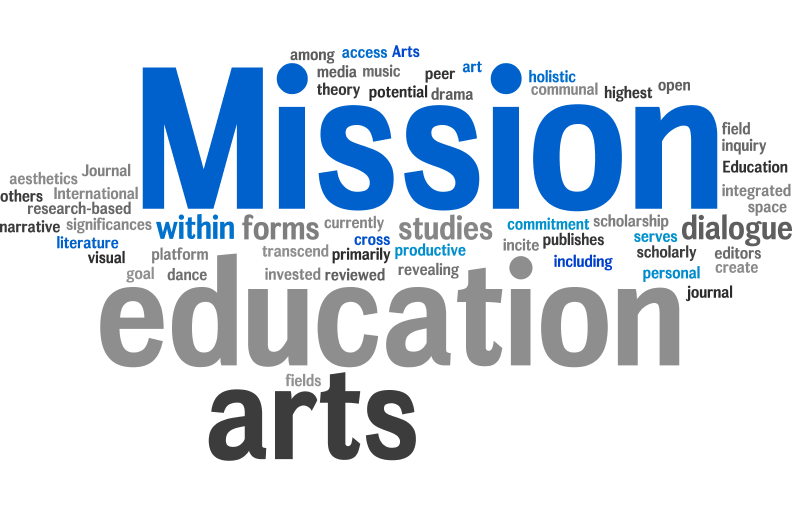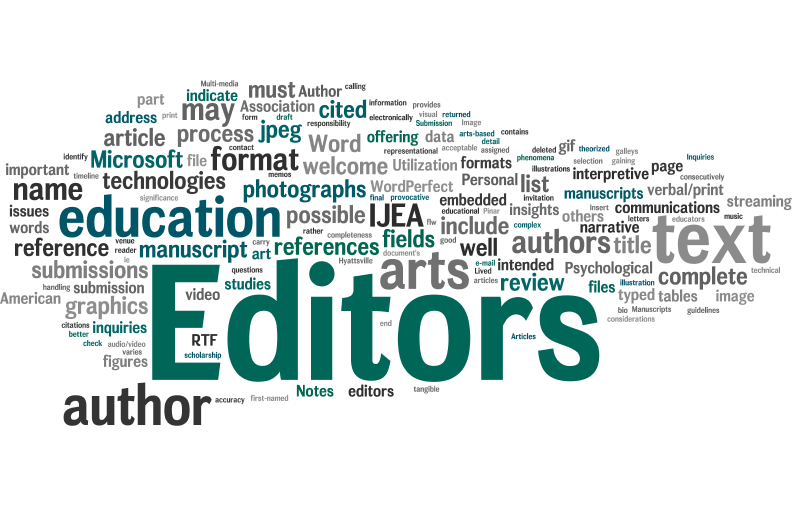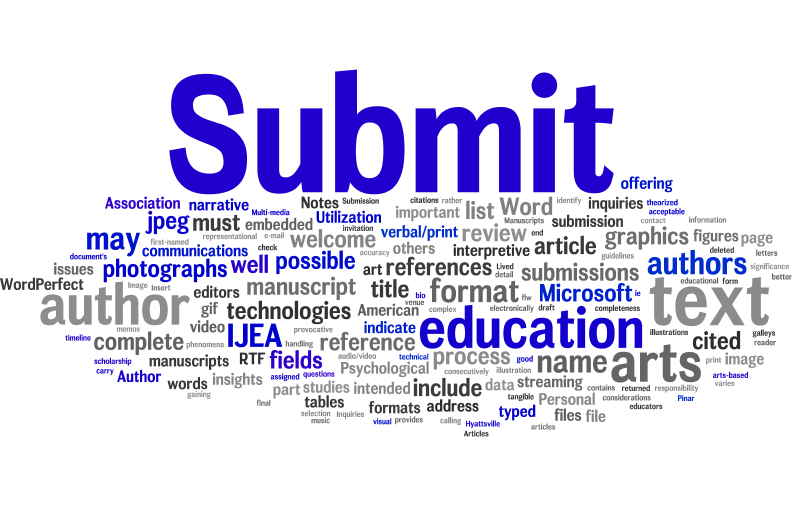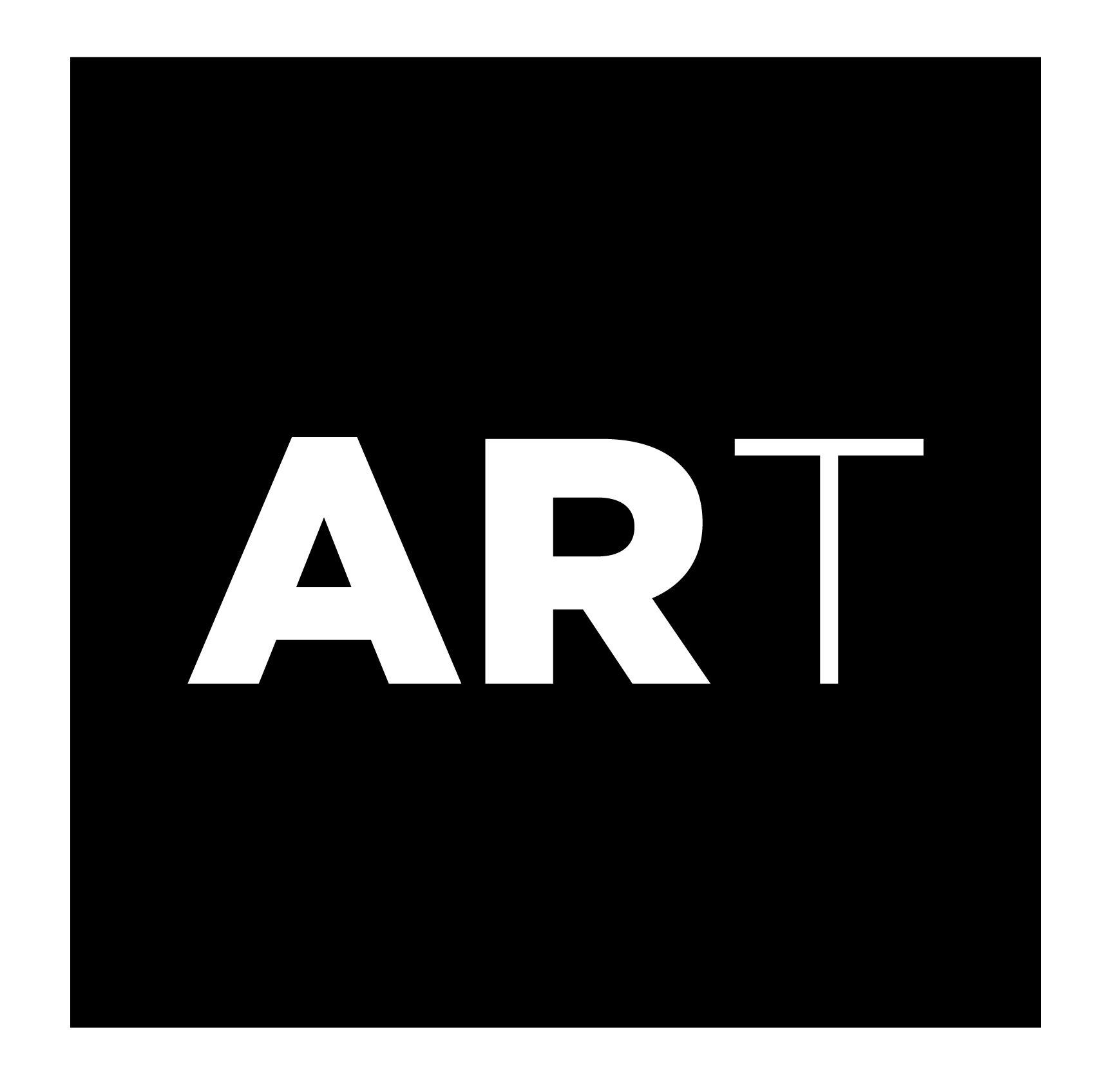| Volume 22 Number 6 | July 9, 2021 |
The Intellectual Legacy of Gold Coast Hand and Eye Curriculum and Art Education in Ghana
Samuel Nortey
Kwame Nkrumah University of Science and Technology, Ghana
Edwin Kwesi Bodjawah
Kwame Nkrumah University of Science and Technology, Kumasi
Kwabena Afriyie Poku
Kwame Nkrumah University of Science and Technology, Ghana
Citation: Nortey, S., Bodjawah, E. K., & Poku, K. A. (2021). The intellectual legacy of Gold Coast Hand and Eye curriculum and art education in Ghana. International Journal of Education & the Arts, 22(6). Retrieved from http://doi.org/10.26209/ijea22n6
Abstract
In 1887, the British colonial masters in the Gold Coast implemented an Arts education reform that prioritized the faithful representation of everyday objects in still-life artistic works. This was known as the Hand and Eye curriculum, an Arts education which was geared towards industrialization and functionality rather than innovation and creativity. This study assesses the educational code of 1887, the art during that period, what the legacy offers for creativity in art-making, and how colonialism impacted the Ghanaian art scene. Using a mixed-method approach and drawing on diverse data sources such as audio-visual materials, school visits, archival studies and exhibition histories, the study finds that the intellectual legacy of copying what one sees is still a significant component of the Ghanaian curriculum and educational practice today. While there are examples of exciting developments in Ghanaian artistic education and practice, the country’s basic and secondary art education is still steeped in the still-life paradigm of colonial art-making and education.
Visual Abstract





